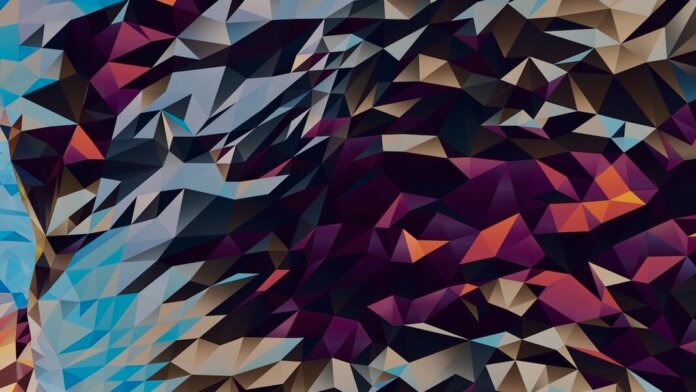ARTIFICIAL INTELLIGENCE
GPT-3 Aces Tests of Reasoning by Analogy
John Timmer | Ars Technica
“A team from University of California, Los Angeles has tested the GPT-3 LLM using questions that should be familiar to any Americans that have spent time on standardized tests like the SAT. In all but one variant of these questions, GPT-3 outperformed undergrads who presumably had mastered these tests just a few years earlier. The researchers suggest that this indicates that LLMs can master reasoning by analogy.”
FUTURE
Inside the DIY Race to Replicate LK-99
Gregory Barber | Wired
“All that Andrew McCalip wanted for his 34th birthday was a shipment of red phosphorus. It was a tough request—the substance happens to be an ingredient for cooking meth and is controlled by the US Drug Enforcement Agency—but also an essential one, if McCalip was going to realize his dream of making a room-temperature superconductor, a holy grail of condensed matter physics, in his startup’s lab over the next week.”
ENERGY
MIT Engineers Developed a New Type of Concrete That Can Store Energy
Adele Peters | Fast Company
“Your future house could have a foundation that’s able to store energy from the solar panels on your roof—without the need for separate batteries. MIT engineers developed the new energy storage technology—a new type of concrete—based on two ancient materials: cement, which has been used for thousands of years, and carbon black, a black powder used as ink for the Dead Sea Scrolls around 2,000 years ago.”
SCIENCE
Worms Revived After 46,000 Years Frozen in Siberian Permafrost
Orlando Mayorquin | The New York Times
“At a time when the mighty woolly mammoth roamed the Earth, some 46,000 years ago, a minuscule pair of roundworms became encased in the Siberian permafrost. Millennia later, the worms, thawed out of the ice, would wriggle again, and demonstrate to scientists that life could be paused—almost indefinitely.”
3D PRINTING
This Startup Is Using Robots to 3D Print Giant Wind Turbine Blades
Adele Peters | Fast Company
“[A] startup has designed a system to use 3D printing and robotics to manufacture wind turbines in the place where they will be used. ‘We want to be able to manufacture the foundation, the tower, and the blades all on-site, which is a radical shift from how it’s done today,’ says Amolak Badesha, CEO of the startup, called Orbital Composites.”
SENSORS
How Scientists Lasered in on a ‘Monumental’ Maya City—With Actual Lasers
Emily Olson | NPR
“It’s not every day that modern researchers uncover an ancient lost city. But for a network of scientists exploring Mexico’s central Yucatan Peninsula, that very phenomenon is becoming so common that it’s become the butt of a joke. ‘If you get a map of the state of Campeche and you throw a dart at it—well, where the dart hits, there’ll be a Maya settlement,’ explained Juan Carlos Fernandez-Diaz, an assistant professor at the University of Houston.”
ARTIFICIAL INTELLIGENCE
A New Attack Impacts Major AI Chatbots—and No One Knows How to Stop It
Will Knight | Wired
“Researchers at Carnegie Mellon University last week showed that adding a simple incantation to a prompt—a string text that might look like gobbledygook to you or me but which carries subtle significance to an AI model trained on huge quantities of web data—can defy all of these defenses in several popular chatbots at once. The work suggests that the propensity for the cleverest AI chatbots to go off the rails isn’t just a quirk that can be papered over with a few simple rules.”
INNOVATION
Generative AI Is Quickly Infiltrating Organizations, McKinsey Reports
Carl Franzen | VentureBeat
“A new annual report by McKinsey’s AI arm QuantumBlack finds that ‘use of gen AI is already widespread.’ McKinsey reached this conclusion by conducting an online survey of 1,684 participants across various regions, industries and company sizes between April 11 and 21, 2023. The majority (79%) of respondents reported ‘at least some exposure to gen AI, either for work or outside of work,’ while 22% said they were using it regularly for their work.”
Image Credit: Steve Johnson / Unsplash



